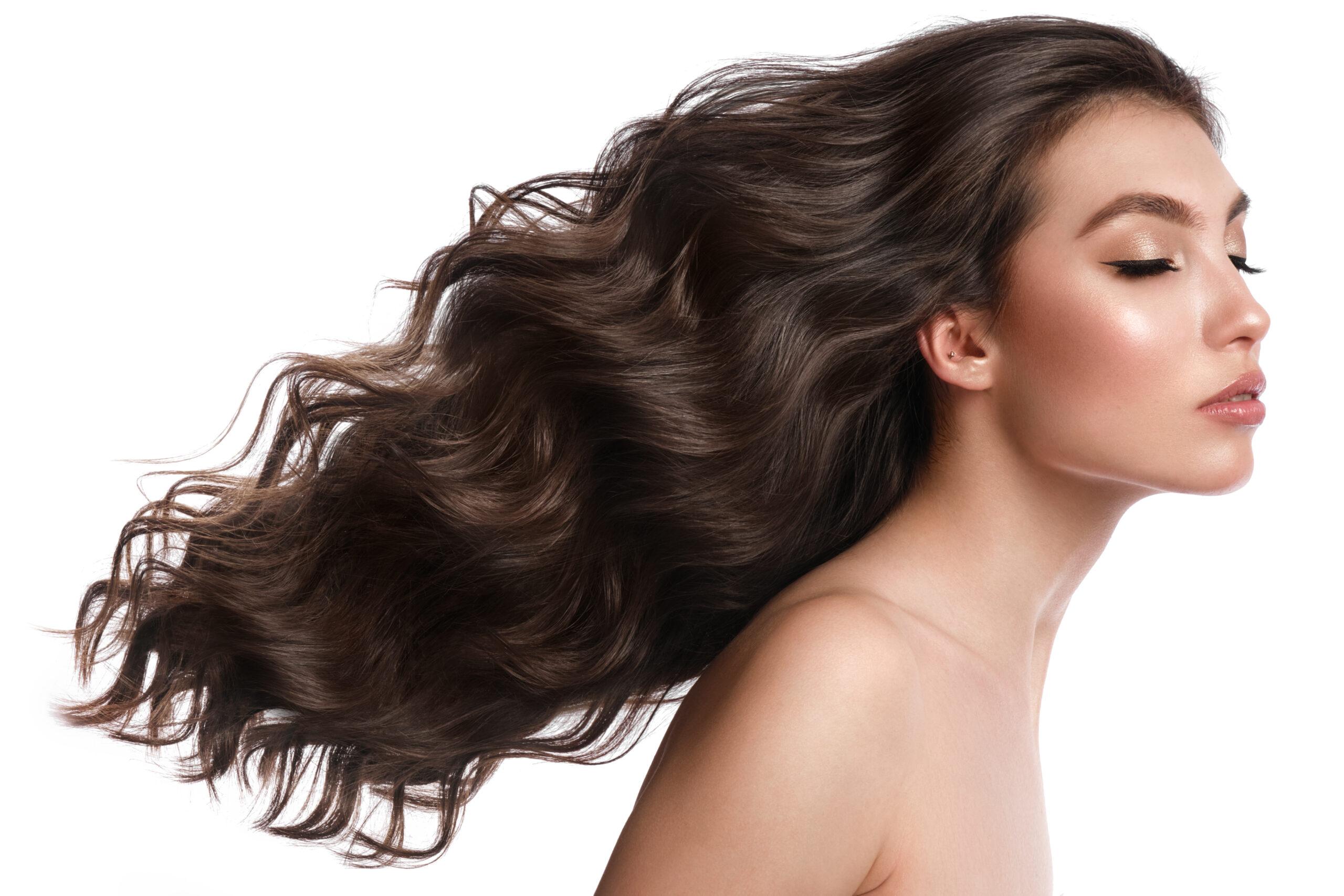Perming vs. Rebonding: Appeal of Volume Rebonding and the Magic Setting Perm

When it comes to transforming your hair’s texture, perming and rebonding are two popular options. Both techniques of perming and rebonding offer distinct results, and now there’s a rising trend that combines the best of both: volume rebonding. In this article, we will delve into the specific differences between these perming and rebonding techniques, discuss their respective pros and cons, and explore why volume rebonding has gained popularity as a versatile hair transformation method.
Exploring the Perming Process
Perming involves chemically altering the structure of your hair to create curls or waves. This process breaks the protein bonds in the hair and reforms them in a new shape. Perming offers the following advantages and disadvantages:
Pros of Perming:
- Versatile Styles: Perming allows you to achieve a range of curl sizes and styles, from tight spirals to loose waves.
- Added Texture: For those with naturally straight or very fine hair, perming can provide texture, volume, and body to create more dynamic hairstyles.
- Longevity: Perms tend to last for several months, allowing you to enjoy your new look for an extended period.
Cons of Perming:
- Potential Damage: The chemicals used in perming can be harsh on the hair, resulting in dryness, brittleness, and breakage if not properly cared for.
- Limited Straightening: If you have naturally frizzy hair, perming will not be able to get rid of the frizz, as it focuses on creating curls or waves.
Understanding the Rebonding Technique
Rebonding, also known as relaxing, is a chemical process that permanently straightens the hair. It involves breaking down the natural bonds in the hair and restructuring them into a straight pattern. Let’s explore its pros and cons:
Pros of Rebonding:
- Straight, Sleek Hair: Rebonding delivers smooth, straight hair that can be easier to manage, especially for individuals with naturally frizzy or curly hair.
- Low Maintenance: Straightened hair requires less styling and is generally more manageable on a daily basis.
- Long-lasting Results: Rebonding provides long-term straightening effects, lasting until new hair growth occurs.
Cons of Rebonding:
- Stiff-looking Hair: Traditional rebonding tends to straighten hair to the full extent, resulting in extremely straight, and sometimes stiff-looking hair.
- Potential Damage: The rebonding process involves using chemicals and heat, which can lead to hair damage if not done correctly or maintained properly.
Introducing Volume Rebonding and Suchehwa Magic Setting Perm
Perming and rebonding are two distinct techniques for altering hair texture, each with its own set of advantages and disadvantages. In the past, we could only settle for one process or the other. However, it is now possible to get the best of both worlds through Volume Rebonding and Suchehwa Magic Setting Perm.
The Rising Trend: Volume Rebonding
Volume rebonding offers a unique solution that combines the best features of both processes, offering a unique solution for those who desire frizz-free straight hair without sacrificing volume and body. This technique aims to provide natural-looking waves and volume at the roots while maintaining overall straightness.
Here’s why volume rebonding has gained popularity:
Versatile Styling
Volume rebonding creates the illusion of voluminous, bouncy hair with subtle waves or curls at the ends. This offers greater styling flexibility compared to traditional rebonding.
Improved Hair Texture
By adding waves or curls to the lower portion of the hair, volume rebonding enhances texture and body, making the hair appear fuller and more voluminous.
Reduced Damage
Volume rebonding uses milder chemicals and a less intense straightening process compared to traditional rebonding, resulting in potentially less hair damage.
Enhanced Natural Look
Volume rebonding aims for a more natural appearance, ensuring that the waves blend seamlessly with the straightened hair.
The Next Level: Magic Setting Perm
Magic Setting Perm takes the transformation one step further by incorporating volume rebonding on the upper half of the head, complemented by either a C or S curl perm on the lower half, depending on your desired final look.
The Korean Magic Setting Perm technique differs from traditional perms in a few key ways. Here are some characteristics associated with the Korean Magic Setting Perm:
Soft, Loose Waves
The focus of the Korean Magic Setting Perm is on achieving loose, relaxed waves rather than tight curls. The result is a more natural and beachy look.
Larger Curlers or Rods
This technique typically utilizes larger curlers or rods compared to traditional perms. The larger size helps create the desired soft waves instead of tight curls.
Mild Perm Solution
In the Korean Magic Setting Perm, we typically use a perm solution that’s milder compared to traditional perms. We do this to minimize hair damage and maintain hair health while still achieving the desired texture.
Effortless Appearance
The goal of the Korean Magic Setting Perm is to create waves that look effortless and natural. The waves are typically styled to have movement and volume, giving the hair a more relaxed and carefree vibe.
It’s important to note that the exact technique and products used for the Korean Magic Setting Perm may vary among different hair stylists and salons. Consulting with a professional hairstylist who specializes in this technique is recommended. They can assess your hair’s condition, discuss your desired outcome, and provide personalized advice on whether the Korean Magic Setting Perm is suitable for you and how to best achieve the desired results.
Feel free to drop by any day of the week from 10am to 8pm, for an obligation free consultation with our skilled stylists. Or WhatsApp us at 88319798 to make an appointment.


